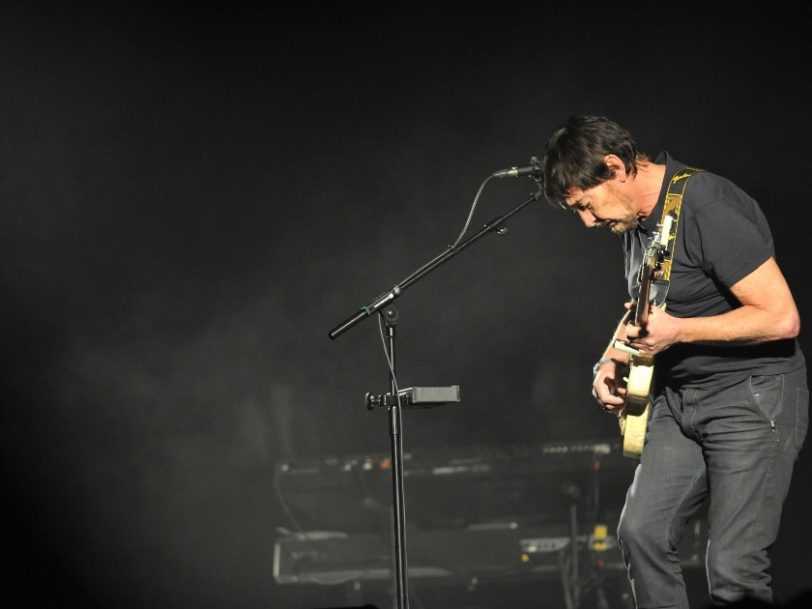Ten years after The Road To Hell became his biggest success, Chris Rea’s bold and refreshingly experimental sequel, The Road To Hell Part 2, traversed a completely different musical terrain.
By the late 90s, the popularity of dance music seemed to be leaving soft-rock musicians such as Rea standing in the cold, outside the nightclub doors. “Everyone’s using the same bloody computer now, which is a big shame for a lot of players,” the singer-songwriter himself noted. However, one of the best Chris Rea songs, On The Beach, had been sampled by Dutch DJs York to become an Ibiza hit in the summer of 1999, suggesting that Rea had a better chance than many of connecting with an audience drawn to electronic music. Aiming to combine his predilection for blues-based slide guitar and live musicianship with computer-generated beats, Rea fashioned his 15th album, The Road To Hell Part 2, with a mechanic’s precision.
Listen to ‘The Road To Hell Part 2’ here.
“I just went off left field with completely different ideas”
The first tantalising hint at Rea’s new direction came with The Road To Hell Part 2’s lead single, New Times Square, which bubbled with gentle, trance-like synths before engulfing listeners with a tsunami of thumping EDM beats. Released in October 1999, it surprised audiences by melding Rea’s throaty drawl with a euphoric club vibe.


